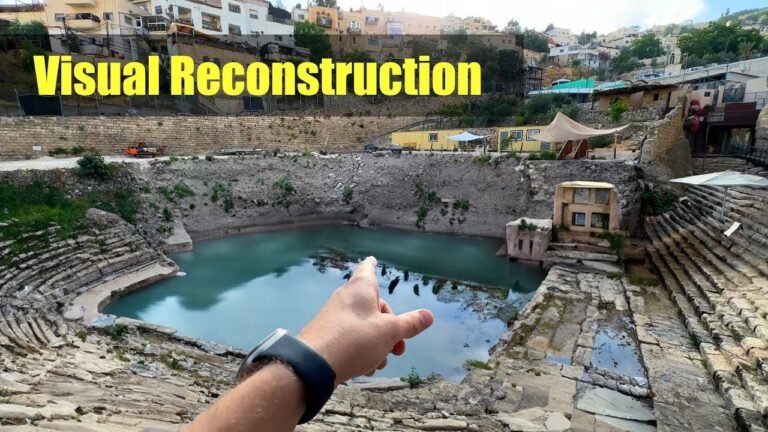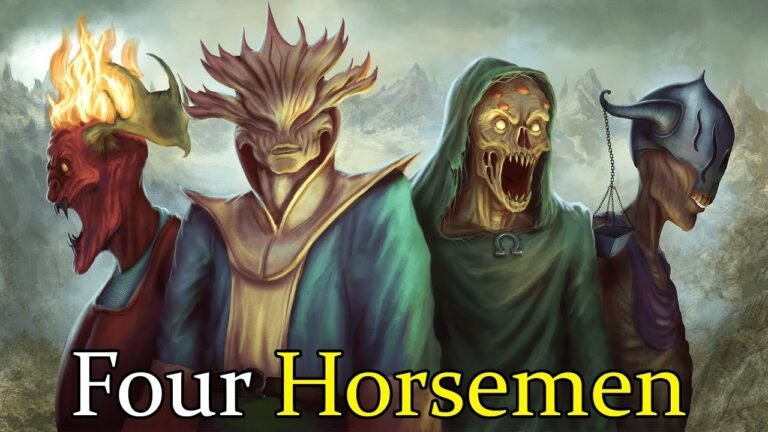Understanding Edom: A Comprehensive Definition
Edom, a term steeped in historical and biblical significance, refers to an ancient kingdom located in the southern part of modern-day Jordan. Known for its rugged terrain and strategic trade routes, Edom played a pivotal role in the interactions between neighboring civilizations, including the Israelites. This article delves into the origins, culture, and lasting impact of Edom, illuminating its importance in the tapestry of ancient history and its influence on contemporary understanding of the region.
What does Edom mean in the Bible?
Edom, deriving from the Hebrew word for “red,” carries significant biblical meaning, particularly linked to its founder, Esau. This connection stems from Esau’s appearance at birth; he was described as being “red all over.” The narrative surrounding Esau highlights themes of identity and inheritance, as he later sold his birthright to his brother Jacob for a bowl of red lentil stew, a moment that shaped the lineage of both brothers.
The story of Edom extends beyond its etymology, representing a nation that emerged from Esau’s descendants. Throughout the Bible, Edom is often depicted in contrast to Israel, illustrating the complex relationships between these two groups. This historical backdrop provides insight into the ongoing struggles and dynamics within the region, making Edom a symbol of conflict, legacy, and the consequences of choices made in pivotal moments.
What is the contemporary name for Edom?
Modern-day Edom is located in southwestern Jordan, nestled between the Dead Sea and the Gulf of Aqaba. This historic region, once a significant part of ancient Israel’s landscape, continues to hold archaeological and cultural significance, drawing interest from historians and travelers alike. Today, it serves as a reminder of the area’s rich past while contributing to the diverse tapestry of Jordan’s geography and heritage.
Why is Esau referred to as Edom?
Esau is referred to as Edom, a name that translates to “red” in Hebrew, reflecting a distinctive physical trait—his red hair. This connection is further emphasized in the biblical narrative where he trades his birthright for a bowl of red lentil stew, symbolizing his impulsive nature and the significance of color in his identity.
As the founder of the Edomites, Esau’s legacy extends beyond his personal story, establishing a lineage that settled in the region of Mount Seir. This transformation from individual to ancestor highlights the enduring impact of his character and choices, intertwining his identity with the history of the Edomite people.
Unraveling the Origins and Significance
The origins of human civilization are a tapestry woven from countless threads of culture, innovation, and resilience. From the fertile banks of ancient rivers to the bustling marketplaces of early cities, the journey of humanity reflects a profound quest for understanding and connection. Each discovery, whether the invention of the wheel or the development of written language, has shaped our collective identity and paved the way for future generations. As we delve into this rich history, we uncover not only the milestones that define our past but also the values and lessons that continue to resonate in our modern lives, reminding us of the intricate links that bind us across time and space.
Exploring the Historical Context of Edom
Edom, an ancient kingdom located in the southern region of modern-day Jordan, holds a significant place in history due to its strategic position along vital trade routes. Its proximity to the Red Sea allowed Edom to flourish economically, as it became a hub for caravans transporting goods between Arabia and the Mediterranean. The kingdom’s resources, particularly copper and iron, further contributed to its wealth and power, making it an essential player in regional politics and trade during antiquity.
The historical narratives surrounding Edom are deeply intertwined with biblical texts, which depict the Edomites as descendants of Esau, the brother of Jacob. This familial connection underscores the ongoing tensions between Edom and Israel, often reflected in the scriptures. Archaeological findings, including inscriptions and ancient fortifications, reveal a complex society with rich cultural practices, highlighting the Edomites’ resilience despite external pressures from neighboring powers such as Israel, Judah, and the rising empires of the Assyrians and Babylonians.
As history unfolded, Edom faced significant challenges that ultimately led to its decline. Conquests by larger empires and internal strife diminished its influence, while the rise of neighboring civilizations shifted trade routes, impacting its economic stability. Despite these setbacks, the legacy of Edom endures, offering valuable insights into ancient trade dynamics, cultural exchanges, and the intricate relationships that shaped the Near East. Today, the story of Edom serves as a reminder of the enduring human endeavor to thrive amid adversity and the complexities of historical narratives that continue to intrigue scholars and enthusiasts alike.
Edom’s Role in Ancient Civilizations
Edom, a prominent kingdom in the ancient Near East, played a significant role in the cultural and economic exchanges of the region. Situated along vital trade routes, Edom served as a vital link between the Arabian Peninsula and the Mediterranean, facilitating the movement of goods such as copper, textiles, and spices. Its strategic location not only contributed to its wealth but also made it a melting pot of diverse influences, enabling the kingdom to interact with neighboring civilizations like Israel, Judah, and various Arabian tribes.
The legacy of Edom is further highlighted in its contributions to the arts and religious practices of the time. Archaeological findings reveal intricate pottery, inscriptions, and architectural structures that reflect a unique blend of local traditions and external influences. Despite its eventual decline, Edom’s rich history and cultural interactions have left an indelible mark on the narrative of ancient civilizations, showcasing how this small kingdom played a pivotal role in shaping the dynamics of trade, culture, and politics in the region.
Key Characteristics and Cultural Insights
Understanding a culture’s key characteristics provides insight into its values, traditions, and social dynamics. Each culture is shaped by its history, geography, and the collective experiences of its people. For instance, many cultures emphasize community over individuality, fostering strong social ties through family gatherings and communal celebrations. This interconnectedness often manifests in shared customs, such as traditional festivals that showcase local art, music, and cuisine, highlighting the importance of heritage and continuity.
Another vital aspect of cultural identity is language, which serves as a bridge for communication and a vessel for expressing unique worldviews. Dialects, idioms, and proverbs enrich the language, revealing the nuances of thought and experience within the culture. Additionally, storytelling plays a vital role in preserving history and imparting moral lessons, reflecting the values and beliefs that define a community. Through oral traditions and written literature, cultures transmit knowledge and foster a sense of belonging among their members.
Finally, art and expression act as powerful mediums for cultural representation. From dance and theater to visual arts and crafts, creative outlets allow individuals to convey their emotions, experiences, and perspectives. These artistic expressions often address social issues, celebrate achievements, and critique societal norms, contributing to a culture’s ongoing evolution. By appreciating these key characteristics and cultural insights, we gain a deeper understanding of the rich tapestry that defines human experience across the globe.
A Journey Through Edom’s Legacy
Edom, a region steeped in rich history and cultural significance, offers a fascinating glimpse into ancient civilizations. Nestled between the Dead Sea and the Red Sea, this mountainous terrain was home to the Nabataeans and other tribes who left behind remarkable archaeological sites, including the breathtaking rock-cut architecture of Petra. As we traverse the remnants of Edom’s cities and trade routes, we uncover stories that echo through time, revealing the ingenuity and resilience of its people in the face of challenges.
Exploring Edom’s legacy also invites us to reflect on its enduring influence in contemporary culture and geopolitics. The region’s strategic location made it a crossroads of trade and ideas, shaping the narratives of neighboring societies. Today, its historical significance resonates in the ongoing dialogues about heritage and identity, reminding us that the past continues to inform the present. As we delve into the layers of Edom’s story, we gain not only insight into an ancient world but also a deeper appreciation for the interconnectedness of human experiences throughout history.
Understanding the term edom opens up a fascinating exploration of its historical, cultural, and linguistic significance. From its biblical roots to its interpretations in various contexts, edom embodies a rich tapestry of meaning that resonates through time. By delving into its origins and implications, we not only enrich our knowledge but also gain insight into the complexities of identity and heritage. Embracing such concepts encourages a deeper appreciation for the narratives that shape our world today.







